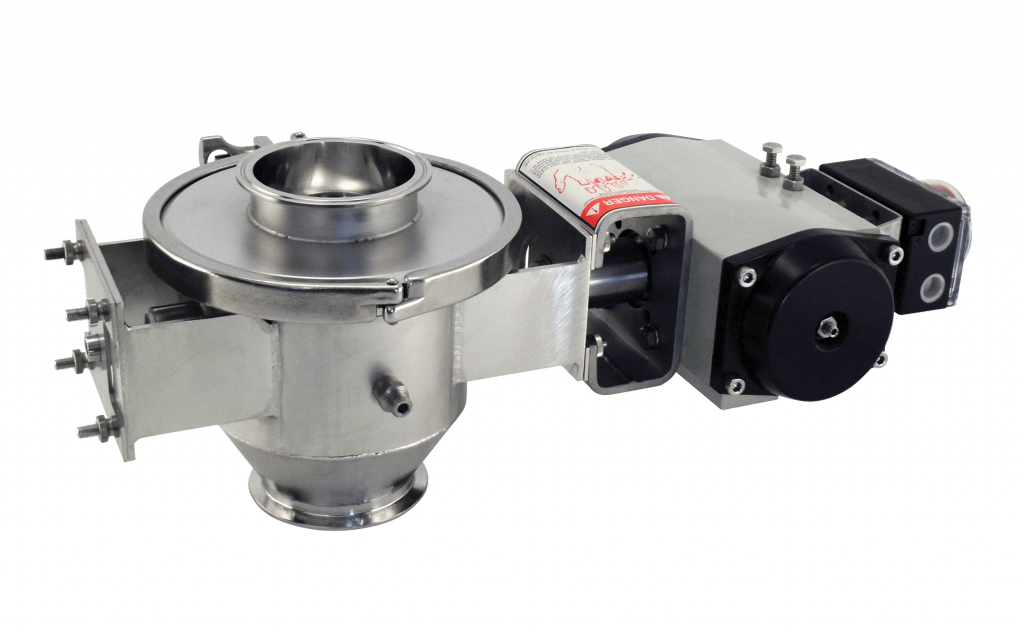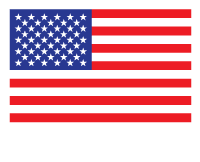
Solids handling valves need to operate properly for your industrial processes, whether you’re a plastics company making colored beads or a food manufacturer dealing with large batches of flour-mix.
Take a look at how to select the right solids handling valve for your processes.
Related Post: Double-Dump Airlock Versus Rotary Airlock Valves
Know the Installation Criteria for Solids Handling Valves
Your team will have to determine what the valve is intended to accomplish for your industrial processes. What kind of gate or valve do you require?
You’ll need to know the following criteria for your solids handling valves before having a conversation with a custom valve manufacturer:
- Opening or orifice size
- Material of construction
- Square or round opening
- Pressure or gravity application
- Cycle frequency
- Internal process and ambient air temperature
- Indoors or outdoor installation
- Clean-in-place requirements, if any
- Sequence of the system’s operations
- How material is conveyed or brought to the valve
These factors can determine the size of the valve and what goes through the solids handling valve.
Consider Material Characteristics for a Solids Handling Valve
Your team needs to consider material characteristics separately from the industrial processes required for your solids handling valve.
Custom valve designers will need to know the following:
- Material shape (powder, granular, or pellet form)
- Particle size
- Weight of the material per cubic foot
- Is the material sticky, abrasive, or corrosive?
- Does your process need sanitary handling?
These factors may help determine the movement through the valve and how heavy-duty the valve needs to be.
Understand What You Need for Selecting the Actuator
Industrial valves need the right moving parts for them to work correctly because of the precise measurements required for each batch.
Pneumatic actuators are preferred, although electric or manual ones will work, depending on your requirements:
- Cycle frequency
- Valve closing on the material or not
- Availability of compressed air
- Actuation speed
- Costs of replacement or repair of the actuator
- Necessary maintenance
- Cold versus hot temperatures
In most cases, pneumatic actuators provide the most cost-effective and reliable solution. However, if you have a low cycle frequency and/or a small batch or if your campaign isn’t expected to last for a long time, a manual actuator may be appropriate. Applications where the valve will be particularly cold, such as high-latitude or high-altitude applications, can benefit from electric actuators that don’t rely on a constant source of dry plant air.
Modifications and Customizations for Solids Handling Valves
Custom solids handling valves may need to be modified to suit the application and material based on your specific requirements.
Think about these factors for custom modifications:
- Duty cycle
- Chemical compatibility
- Particle size
- Friability
- Temperature
- Serviceability
- Food handling or not
- Indoors or outdoors
- Abrasive or not
Custom modifications can make all the difference for your solids handling valves.
Related Post: Heavy-Duty Spherical Valves And Processing
Choose Roto-Disc Inc. for Solids Handling Valves
Roto-Disc, Inc., is a world leader in solids handling valves for dry material handling processes. One of our top models is the Roto-Flate inflatable seal spherical valve. It’s ideal for high-pressure and vacuum environments.
Contact Roto-Disc today to learn more about how we can help your company improve its processes and achieve optimal results.


